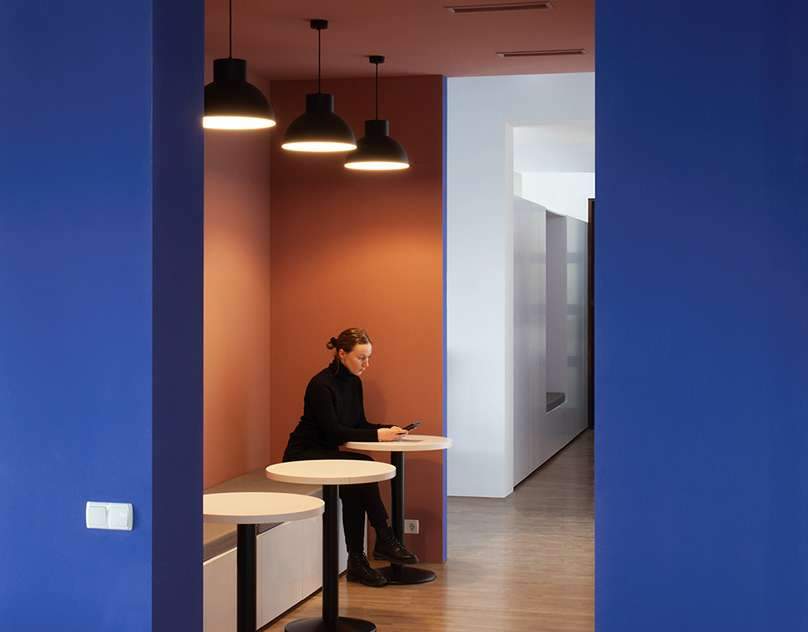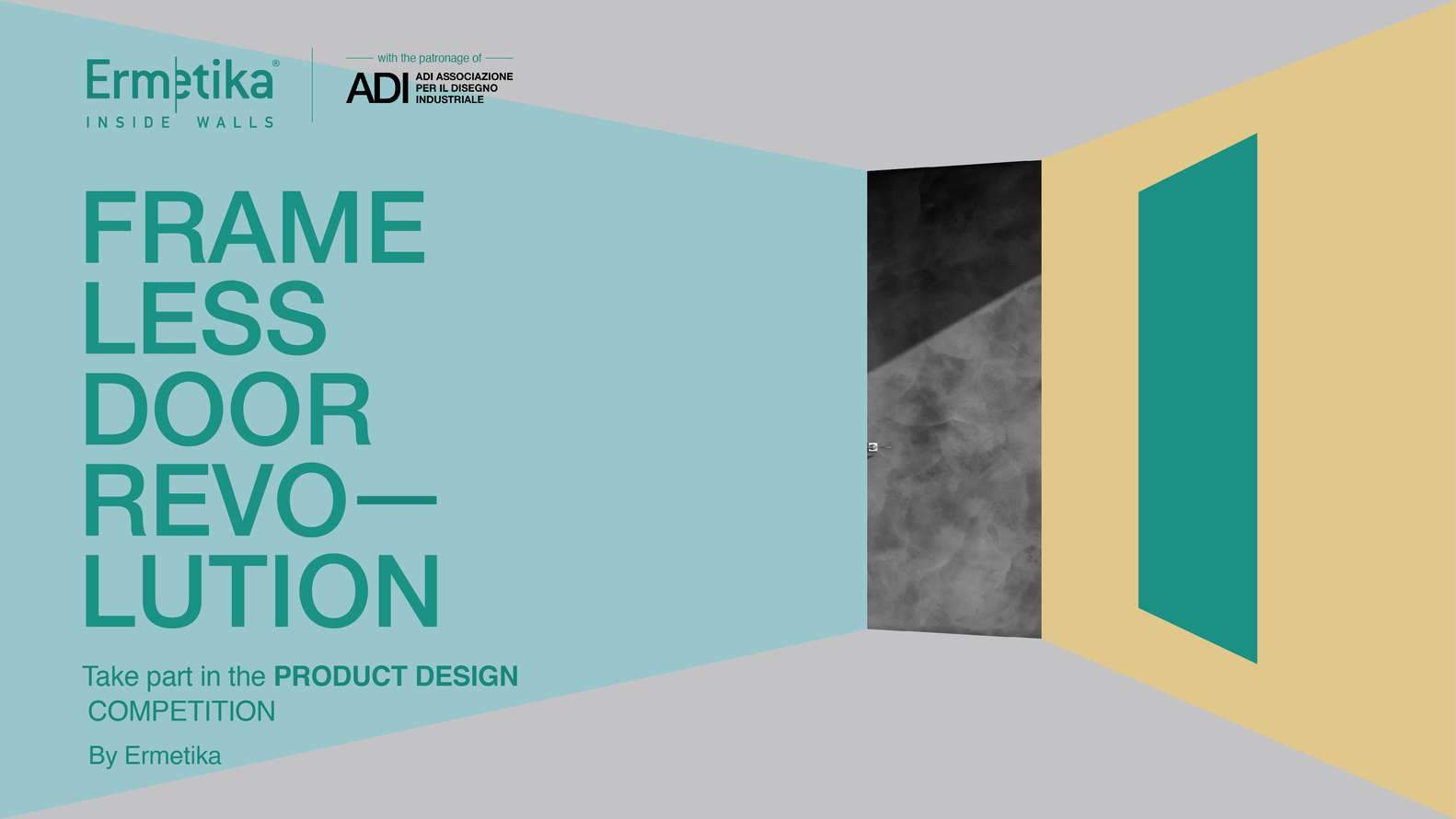Digital marketing is changing how companies, including architecture firms, market themselves.
As of this year, the digital marketing industry is worth $460 billion and is expected to grow to $786.2 billion by 2026.
If you are thinking of hiring digital marketing for architecture firms, then we are here to help you. This article will give you a deeper understanding and appreciation of what digital marketing is and how your company can benefit from it.

Groundbreaking
Before crafting your own digital marketing strategy, it is important to understand what it is, what it consists of, and how to get the most out of it.
What is the consequence of digital marketing? Why is it important?
Digital marketing or internet marketing is online advertising,
Means reaching potential customers through the Internet and using digital communication channels,
Such as emails, blogs, websites and social networks.
An effective digital marketing strategy can boost your company’s brand awareness by up to 86%,
It increases credibility and trust by 75%.
Other benefits of digital marketing for architecture firms include:
greater vision
Increase site traffic
Strengthening relationships with clients
Brand building

How to effectively leverage key digital marketing channels
To enhance your company’s position as a leader in architecture, you need to use different types of digital marketing channels.
Here’s what you need to know:
website
Today, websites are a business necessity for architecture firms, and most potential clients who have heard of you will confirm your legitimacy by doing a quick Google search for your firm.
Since you don’t want them to appear empty-handed, a website provides validation and increases your credibility.
Your real estate web design should tell your visitors about your company history, noteworthy clients, past projects,
and senior management, and other relevant information.
It can also include upcoming and ongoing projects as well as reviews to reassure readers of your potential and expertise.
Think of your website as a one-stop destination where clients can get all the information they need to convince them to hire you.
Digital brochures and portfolios
You may have relied heavily on printed brochures and portfolios in the past but that is no longer the case with digital marketing.
Digital versions of printed collateral can reach a wider audience, be transmitted and shared more quickly,
It stores easily on phones and laptops, plus it’s more environmentally friendly.
Using digital brochures and portfolios allows you to better showcase your services as you can incorporate additional features such as real-time video marketing,
And related links, richer images.
Since it is digital, it is easily updated and can be repurposed and integrated with other digital marketing activities.
Brochures can also be shared in an email marketing campaign, videos can be reused on your website,
Links to your brochures can be included in social media posts.
This brings us to the next marketing tool:

Email marketing
With an average conversion rate of 4.2%, email marketing is highly effective for reaching customers and staying in touch with them.
If 4.2% isn’t enough to convince you to use email marketing,
Keep in mind that the ROI or ROI is up to 4200%, meaning you get $42 for every dollar you spend.
One of the advantages of email marketing is that you can create different mailing groups to reach different stakeholders.
Thus you can tailor your content to their interests to stack the odds in your favor and increase the success of your email initiatives.
As much goes into creating effective email marketing strategies,
But it ultimately boils down to maintaining communication with your target audience and keeping them up to date on new and exciting developments.
Social media
Social media plays a very important role in building bonds between companies and customers.
About 82% of companies consider it vital to their customer experience.
Platforms like Facebook, Youtube, Instagram, Tiktok, and Pinterest provide great opportunities for architecture firms.
To grow its audience and interact with partners, suppliers, investors, (potential) customers and other stakeholders.
These platforms will also help you build a distinctive and unique brand identity, allowing you to showcase your work in new and interesting ways.
Each platform serves a different demographic, and requires a slightly different approach to successfully reach your customer base.
Designing urban projects and sustainable development for developing communities










